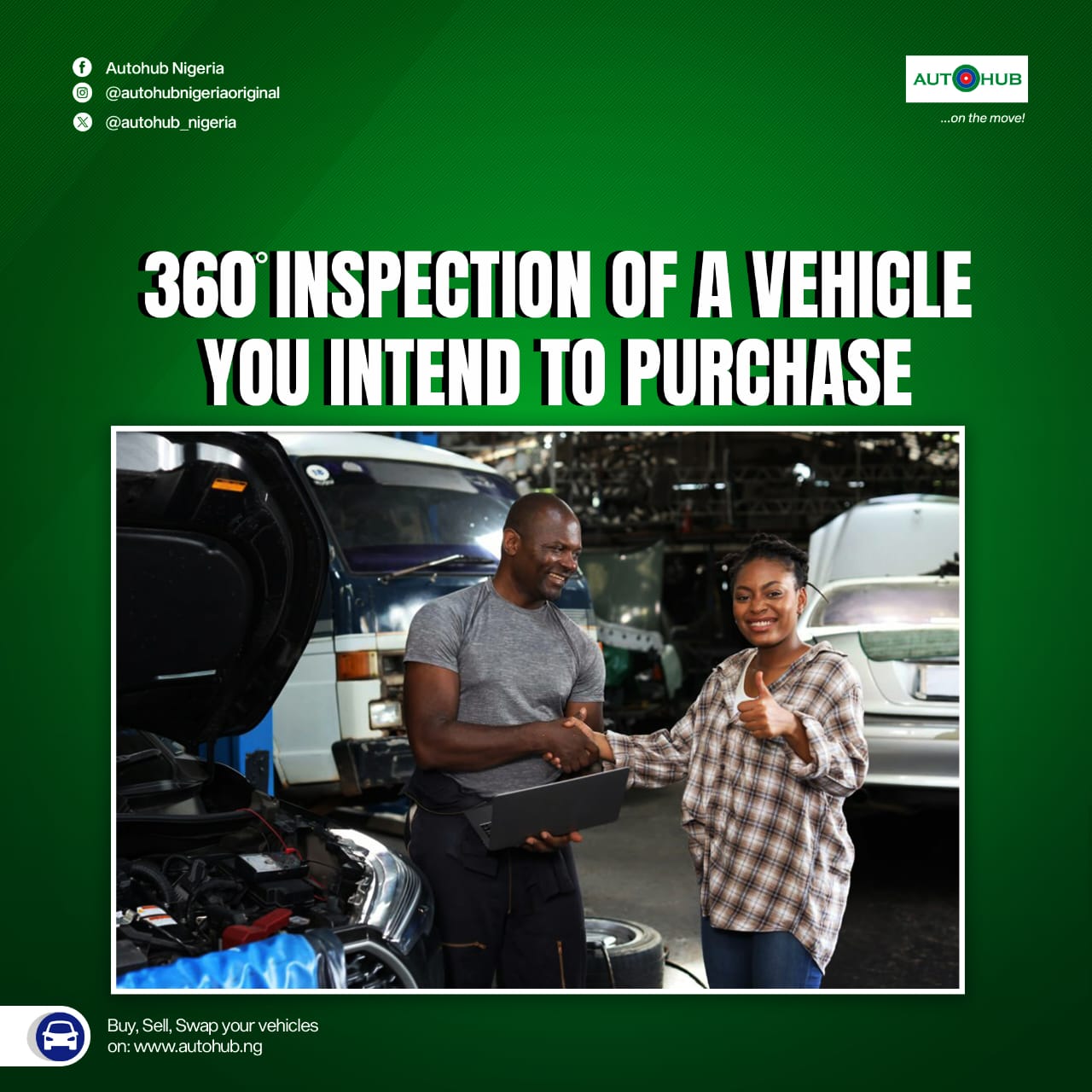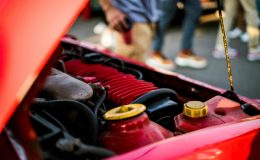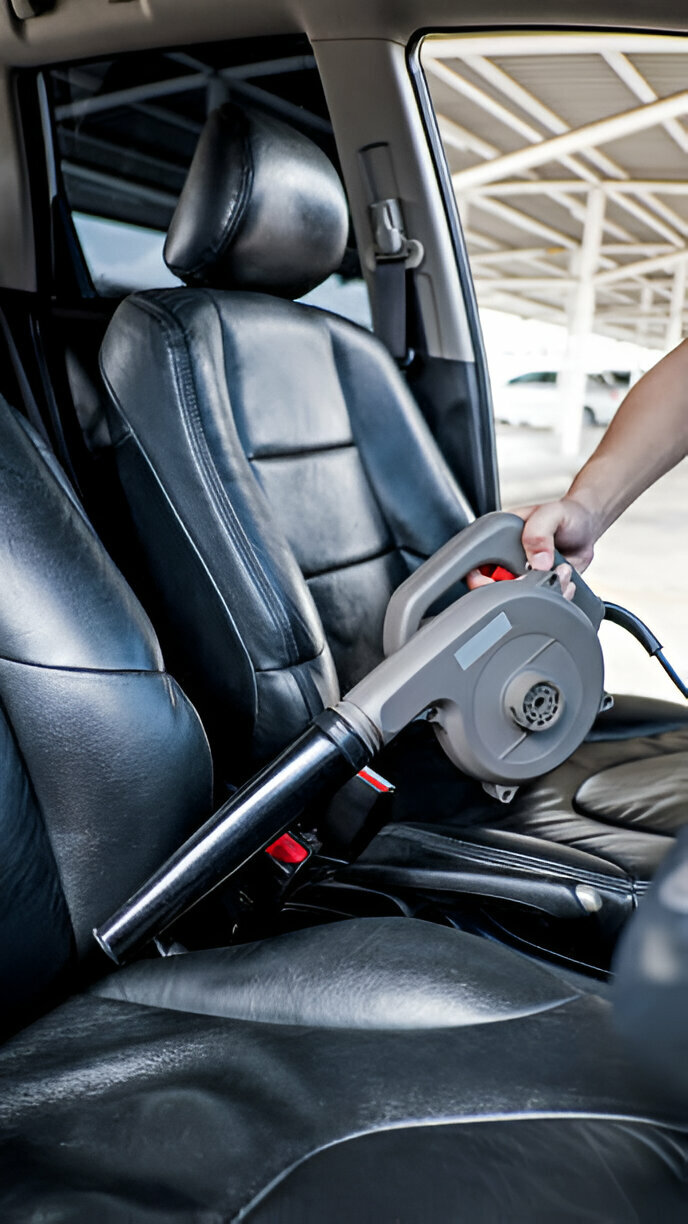360⁰ Inspection Of A Vehicle You Intend To Purchase

Most used cars are often advertised as “like new” or “in mint condition”, but they are still used cars after all has been said and done. Not saying there aren’t clean cars out there, and the goal isn’t to find a “perfect used-car” but at the very least – find one that’s in good condition.
The best advice is usually to have the car checked first by a mechanic you trust before spending any money but if you know how to identify potential problems and warning signs on your own, it’s an added advantage and that can help you prevent getting a less-than-ideal car at the end of the day.
Here are some tips to further aid you in your quest to find a used car:
Prepare in advance
As with any large purchase, it’ll be wise to take the time to do background research on a used car. If you’re focusing on a specific model, a simple Google search can reveal the most common problems with that used car. Consulting experts and consumer reviews and owner forums can help you gain first-hand insight.
Explore the exterior
It’s amazing what an afternoon of detailing, polishing, and buffing can do to a vehicle. However, don’t let that sparkling paint job distract you. In fact, walk around the car and look at it closely to find signs of repairs that may not have appeared in the pictures you must have seen at first. If the paint colour seems to be a bit off on some body panels or if there’s body-colour paint where it shouldn’t be (like on the trim or windows), or something just doesn’t appear to line up correctly, ask the seller for an explanation and consider moving on to another car. These repairs could be pointing to a simple touch-up or more serious damage.
If the vehicle is older or has spent its life in one of the states with icy climatic conditions, you’ll also want to check for rust or corrosion damage. The most problematic areas are around the wheel wells and along the bottom of the doors (inside and outside). Newer cars are well protected in this regard, but once rust sets in, it’ll be an ongoing and expensive battle to keep it in check.
Also, when examining the exterior of the car, endeavour to inspect the windshield for chips, cracks, or pits. If it looks damaged, you’ll want to have it replaced.
Next, test the exterior lights by having the seller or salesperson activate them individually while you observe them from outside. This may seem like an overkill – until you see the replacement cost of increasingly common high-tech LED headlights especially with the sky rocketing exchange rate. Hmm, make you shine ya eye well O!
Finally, inspect the tyres. If you’re looking at a relatively new, low-mileage car with brand-new, hardly used tyres, that’s a sign of a possible issue and it warrants asking the seller why they needed to be replaced so soon.
Inspect the rims properly as well. It’s common for most young people to want to change the rims as soon as they purchase a vehicle (which don’t come cheap these days), so ask yourself if you want continue using said rims. Also, old tyres – whether worn out/down or starting to dry or rot from age and lack of use will need to be replaced as well, and usually for considerable sum so factor that in during your negotiation.
Investigate the interior
Nothing ruins the appeal of a new or new-to-you car like a stinky interior. Unfortunately, mysterious stale cigarette smoke and other musty, moldy smells can be hard to treat. Foul stenches can also suggest possible past fire or flood damage.
Assuming the interior passes the sniff test, look for excessive wear, rips, cracks, stains, burn holes, or damage in general to the upholstery, headliner, dashboard, steering wheel and door panels. If these areas appear to have been abused or poorly maintained, chances are the rest of the vehicle was treated similarly. The same goes for all of the seat and audio controls, gauges and basic features like turn signals and the rear-view mirror. These should all work properly and be affixed securely. Of course, any illuminated warning lights are a red flag especially in more modern cars and should be addressed before purchase.
Regardless of the season or outside temperature, do your best to determine if the heating, ventilation and air conditioning (HVAC) system is operating correctly, including each of the zones (driver/passenger/rear, if applicable). I remember how the climatic zone settings in one commercial Sienna I travelled in kept malfunctioning as the front passenger vent kept blowing out hot-air; making for an uncomfortable journey. If the AC fails to pump out cold air within a few minutes, it may need a recharge or extensive repair.
Before calling it a wrap on the interior, take a peek inside the boot/trunk or cargo area and check for smells or indications of water damage or structural repairs. Very “importanter”…
Look under the bonnet
For many of us, looking under the bonnet of a car is like trying to read a book written in a foreign language. It can be intimidating, but a few simple steps will let you evaluate the overall health of an engine. First, check the condition of the engine oil by pulling out the dipstick, which usually has a yellow pull-tab or hook on the end. There are markings on the end of the dipstick that show the oil level (too low may mean the engine is leaking or burning oil). The colour of the oil should be light brown or brown; if it is black, the oil is dirty and needs to be changed. Oil that contains grit or water, is foamy, or has a milky appearance is indicative of a serious engine issue. Transmission fluid, which can also often be checked with a dipstick, should be pinkish. It should smell sweet. If it smells burnt, there’s likely an issue with the transmission.
There are a number of reservoirs that you’ll see scattered throughout the engine bay for brake fluid, power steering fluid and engine coolant. Each has markings to show you if the fluid is at the proper level. A low level is likely attributable to a leak, which would need to be fixed.
While you’re looking around, take a gander at the hoses and belts. Neither should be brittle or cracked. The battery is almost always under the bonnet but occasionally located in the boot (more common in modern luxury German cars), needs to be checked for excessive corrosion around the terminals. Cleaning the terminals is a simple fix, but if it isn’t done, you could eventually have difficulty starting the car.
Check underneath
There are two main culprits to look for underneath a vehicle and they are – rust and leaks. Although newer cars use better materials and processes to prevent rust from becoming an issue, it can still do proper damage. Pay particular attention to rust on the exhaust system and the frame. Light surface rust is normal and basically unavoidable, but steer clear of vehicles with heavy scaling. A fresh undercoat, welding or paint underneath an older or high-mileage vehicle is a often indicative of problems past or those to come. You can also inquire what was changed/done, then verify and ask yourself if it’s something you can live with.
As for fluid under the vehicle, anything other than condensation from the air conditioning unit is a concern. Perhaps it was nothing more than the technician failing to tighten the drain plug after the last oil change, or maybe it’s a corroded brake line or failing oil-pan gasket. Regardless, fluid leaks can lead to expensive repairs. So check, check, check…
Suspension
Suspension issues can be costly to remedy too. Whether it’s you or your mechanic test driving, there’s a great need to observe how well the suspension responds on uneven road surfaces. Your inspection should include checking the shocks and struts for leaks and conducting the highly-rated unofficial bounce test (lean on each corner of the car repeatedly to test the stiffness of the suspension).
Consult the pros
As important as your personal inspection is to the buying process, nothing matches the experience of a trained expert. Mechanics/auto-diagnostics technicians will typically charge a token for a pre-purchase inspection but they can justify that expense by fully detailing the condition of the car and providing estimates for any necessary or recommended repairs. That relatively small expense could potentially save you a lot that might be spent further down the road.
Conclusion
Purchasing a used vehicle is a significant endeavour. So, take your time to research what might be the best car for you and then methodically work through your inspection. Be patient; check the exterior, interior, underside and under the bonnet. If you see any cause for concern, move on to the next car. If everything looks good, and your mechanic gives you the all-clear then – congrats! Hopefully your newly acquired ride serves you well.











No Comments